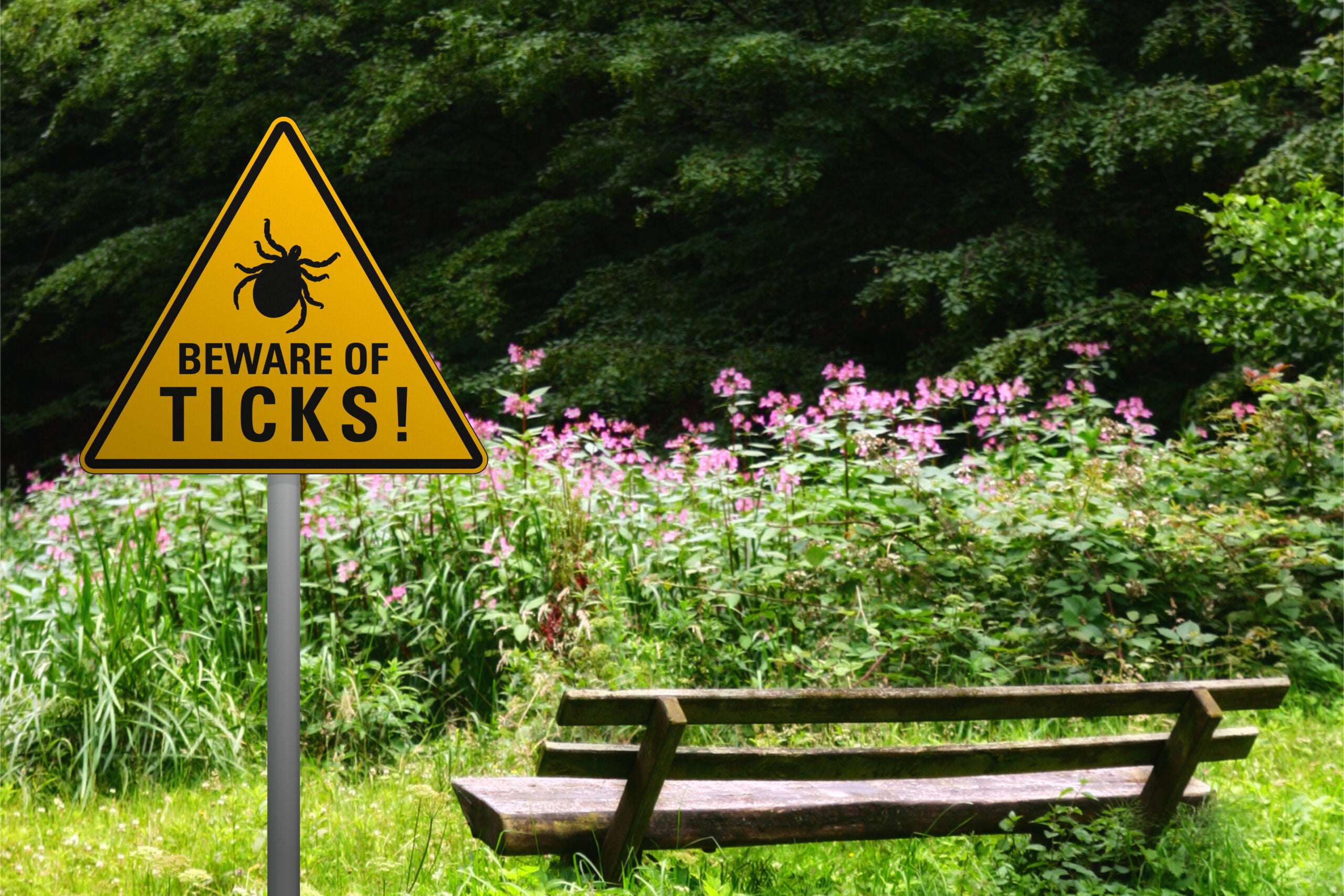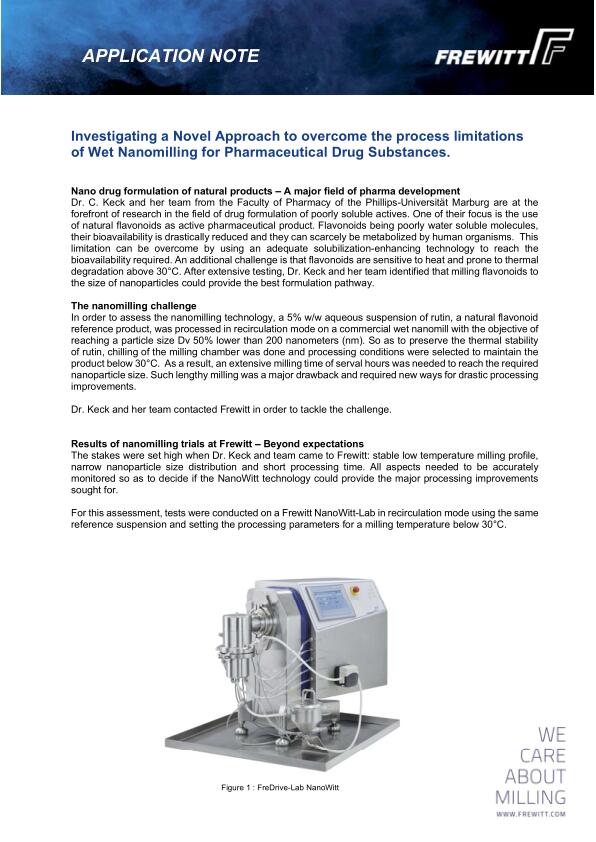
On August 8, Pfizer and Valneva announced the initiation of a Phase III study with their Lyme disease vaccine, bringing the prospect of an injection to prevent the condition disease one step closer to reality.
VLA15 is the only vaccine for Lyme disease in clinical development, according to GlobalData, the parent company of Pharmaceutical Technology.
How well do you really know your competitors?
Access the most comprehensive Company Profiles on the market, powered by GlobalData. Save hours of research. Gain competitive edge.

Thank you!
Your download email will arrive shortly
Not ready to buy yet? Download a free sample
We are confident about the unique quality of our Company Profiles. However, we want you to make the most beneficial decision for your business, so we offer a free sample that you can download by submitting the below form
By GlobalDataThe French vaccine producer Valneva had announced that it had a collaboration agreement with Pfizer to codevelop and commercialise VLA15 in April 2020. In June 2022, Pfizer acquired 8.1% of Valneva.
The Phase III trial announcement comes at a notable time, as the number of Lyme disease cases is growing over the long term in several countries, including the UK and the US. According to recent estimates by the Centers for Disease Control and Prevention, roughly 476,000 Americans are diagnosed and treated for the disease annually. In the UK, the mean annual incidence of Lyme disease grew from 0.38 cases per 100,000 people between 1997 and 2000 to a peak of 2.77 cases per 100,000 people in 2018.
“In the last 20 years, this is the biggest buzz in the vaccine market for Lyme disease,” said Yale School of Medicine associate professor Sukanya Narasimhan, PhD, about the Phase III VLA15 trial.
Lyme disease is also known as borreliosis, which refers to the borrelia bacteria that cause the condition. It is currently treated with antibiotics. A vaccine called Lymerix, then manufactured by SmithKline Beecham, was approved in the US in 1998 but was quickly withdrawn in 2002 due to insufficient customer demand. SmithKline Beecham merged with Glaxo Wellcome in 2000, and now is known as GSK. Sanofi had previously developed its own vaccine ImuLyme, which even completed Phase III evaluation, but it did not enter the market.
A one-size-fits-all approach
VLA15’s multivalent design is one of the vaccine’s biggest advantages, says Narasimhan, who is an expert on pathogen spread through arthropods such as ticks. This means that the vaccine works against multiple serotypes of the disease, she explains.
The vaccine targets six different serotypes of borrelia bacteria. These serotypes represent the most common pathogenic strains found in the US and Europe, according to Valneva’s website. This is a shift from Lymerix, which targeted a single serotype predominantly found in the US, says Radek Šíma, PhD, research scientist at the Institute of Parasitology at the Czech Academy of Sciences. As such, VLA15 can block multiple serotypes from infection and be used much more broadly, says Maria Elena Bottazzi, PhD, associate dean at Baylor College of Medicine‘s National School of Tropical Medicine.
In the past, the volatility of the bacteria made target identification difficult. The surface molecules change dramatically as the bacteria move from the tick into the host, explains Šíma, who has taken part in preclinical Lyme disease vaccine research. However, advances in research allowed for the identification of outer surface protein A (OspA) of the bacteria as a target for vaccines. Both VLA15 and Lymerix are designed to target OspA.
In October 2020, Valneva announced the initial results from the Phase II VLA15-202 study, where seroconversion rates were over 90% in all studied serotypes, even in older adults (ages 50–65 years). In September 2021, the same study reported a 100% seroconversion rate after a booster was given to the participants. In a separate Phase II VLA15-221 study, which looked at adult and pediatric patients, the vaccine had stronger immunogenicity in children than in adults. No serious vaccine-related adverse events were reported.
The recently initiated Phase III VALOR study will include both children and adults and will recruit 6,000 participants ages five years and older. The companies aim to conduct the study in up to 50 clinical sites, including countries prone to Lyme disease, such as Germany, Poland, and the US, according to the August 8 announcement.
Public perceptions critical to use
According to Bottazzi, there is a broad resurgence of interest in vaccines and a greater awareness of Lyme disease. However, Šíma says that public hesitance remains a challenge.
“The biggest challenge for the vaccine is in its acceptance by the general public. We see this with other vaccines, where members of the public have a dismissive attitude towards them,” Šíma explains. While there were concerns about Lymerix’s side effects, it was the low demand that led to its withdrawal, says Šíma, adding that VLA15 could be in a similar tough spot when it comes to its position on the market.
This is the case even with the vaccination coverage for tick-borne encephalitis (TBE), which has not sold as well as expected, he says. According to a 2021 report by the Czech National Institute of Public Health on TBE in 2020, the Czech Republic reported the highest number of TBE cases shared with the European Surveillance System (TESSy). While there is no precise data on TBE vaccination rates, the report stated that it remained low.
Other approaches in preclinical stages
Although VLA15 is the most advanced vaccine, efforts to develop other vaccines are underway. According to GlobalData’s Pharma Intelligence Centre, there are seven vaccines in development for this condition, and only VLA15 is currently available in clinics. One is a vaccine developed by the company Intravacc, based on the company’s Outer Membrane Vesicles (OMV)-based platform.
Outside of the OspA-directed strategies, approaches to block tick bites and feeding can also be explored. For example, interrupting the ticks‘s metabolisation of iron could kill them, says Šíma.
In a November 2021 paper published in Science Translational Medicine, Narasimhan and colleagues shared preclinical study findings on a mRNA vaccine that targeted 19 salivary proteins released in tick bites. The idea is that using tick salivary protein as a target could mean the vaccine addresses not only Lyme disease, but also other conditions caused by tick-borne pathogens, explains Narasimhan.
The focus on multiple targets and indications could bring particular value to the tick-borne diseases space, says Bottazzi.







